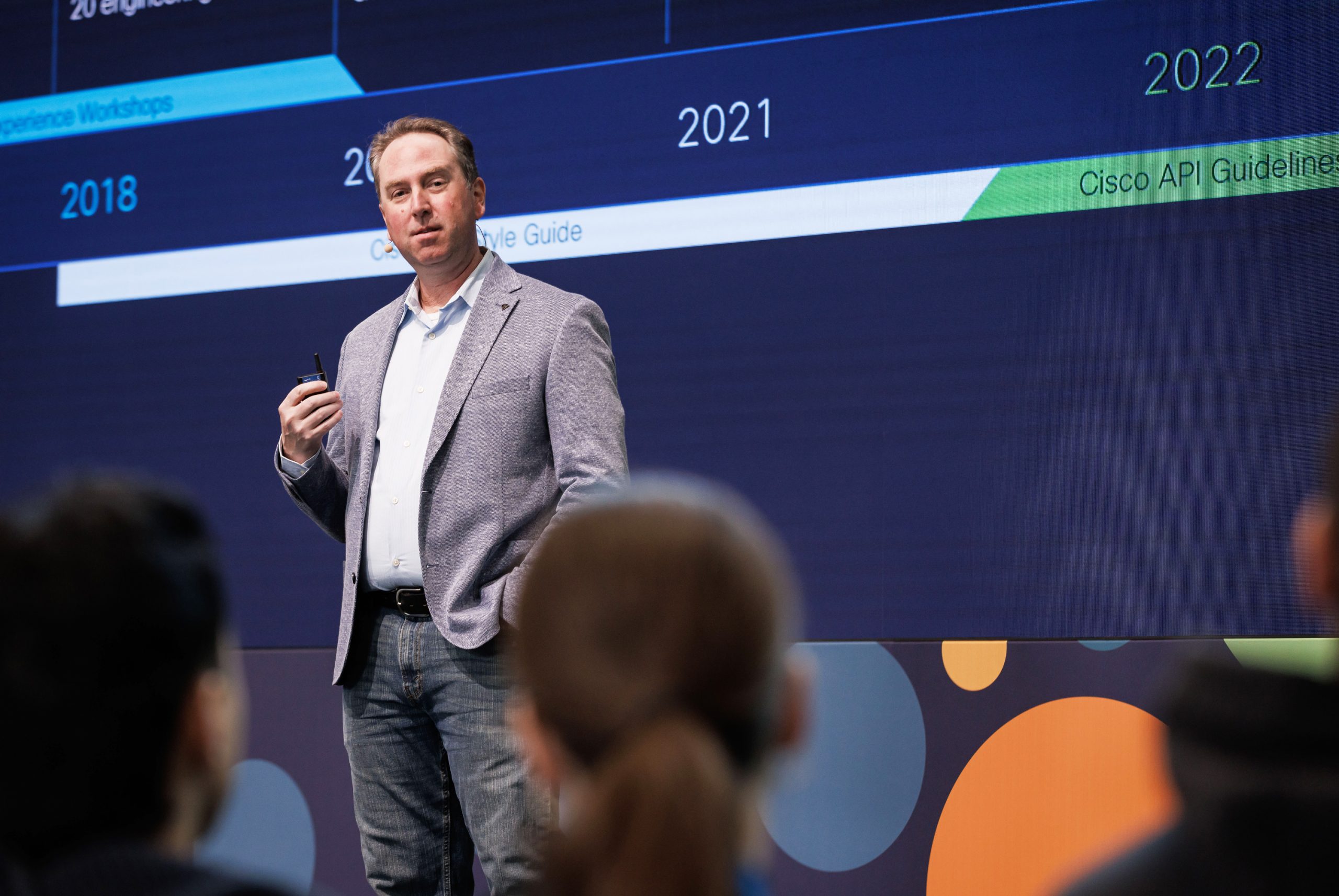- Learn with Cisco at Cisco Live 2025 in San Diego
- This Eufy robot vacuum has a built-in handheld vac - and just hit its lowest price
- I highly recommend this Lenovo laptop, and it's nearly 50% off
- Disney+ and Hulu now offer prizes, freebies, and other perks to keep you subscribed
- This new YouTube Shorts feature lets you circle to search videos more easily
Building Network Automation Skill is Alive and Well

Last week, I had a chance to attend my very first Cisco Live in Amsterdam. Joining us for long days Monday through Thursday, Europe’s network engineers poured into the large, naturally lit halls of the Amsterdam RAI convention center. They were intent on moving beyond their core networking expertise to learn how to use Python, containers, and Git to create and manage automation of the everyday work they perform for Europe’s largest employers.
Even though the classrooms, theater, and workshop areas were plentiful and running all day long – there were rarely empty seats to be found. Most of the time, a solid crowd would gather just outside each area to follow along even though they couldn’t get a seat. The hunger to learn and improve skills was palpable. If you were not there, but don’t want to miss out, don’t fret – much of the content presented is also available in our Learning Labs 2.0 platform and Sandbox system.
You can also browse through the Cisco Live On-demand Library to find recordings of sessions you missed or want to re-watch.
Getting started with network automation
No matter how much experience you have setting up and configuring network equipment, it is never too late to learn how to automate the task you must do again and again. The nature of networks mean that changes need to be applied to many pieces of equipment, sometimes across vast distances in a larger service provider or multinational company. Automation practices can ensure that you benefit from hard-won knowledge in the software world to ensure that every piece of equipment is properly configured, and if there is a mistake, an easy way to get back to a known good state.
Some of the most attended sessions at this Cisco Live included:
Clearly network engineers recognize the time savings and peace of mind that come from better automation. Again, and again attendees said they just need to get started.
Getting started with Full Stack Observability (FSO)
Full Stack Observability (FSO) was a topic of high interest at Cisco Live, and several technical sessions helped attendees get started:
Go deeper
Drilling a bit deeper into the most attended sessions were topics like:
Once you’ve made it past the basics, focus on the practical application of that knowledge to specific products and their APIs. Cisco products contain much more telemetry data than can be shown in simple dashboards, but the key to unlocking that data is to use the APIs or data models provided.
Apply to your everyday work
It may feel like a steep learning curve when you start out, but we are here to help you – starting with the basics, continuing on to product-specific use cases, and finally showing you how to accomplish key tasks. Once you are comfortable, it will be time to try it out in a sandbox. We are always here to connect, reach us via our technical communities.
We’d love to hear what you think.
Ask a question or leave a comment below.
And stay connected with Cisco DevNet on social!
LinkedIn | Twitter @CiscoDevNet | Facebook | YouTube Channel
Share:

